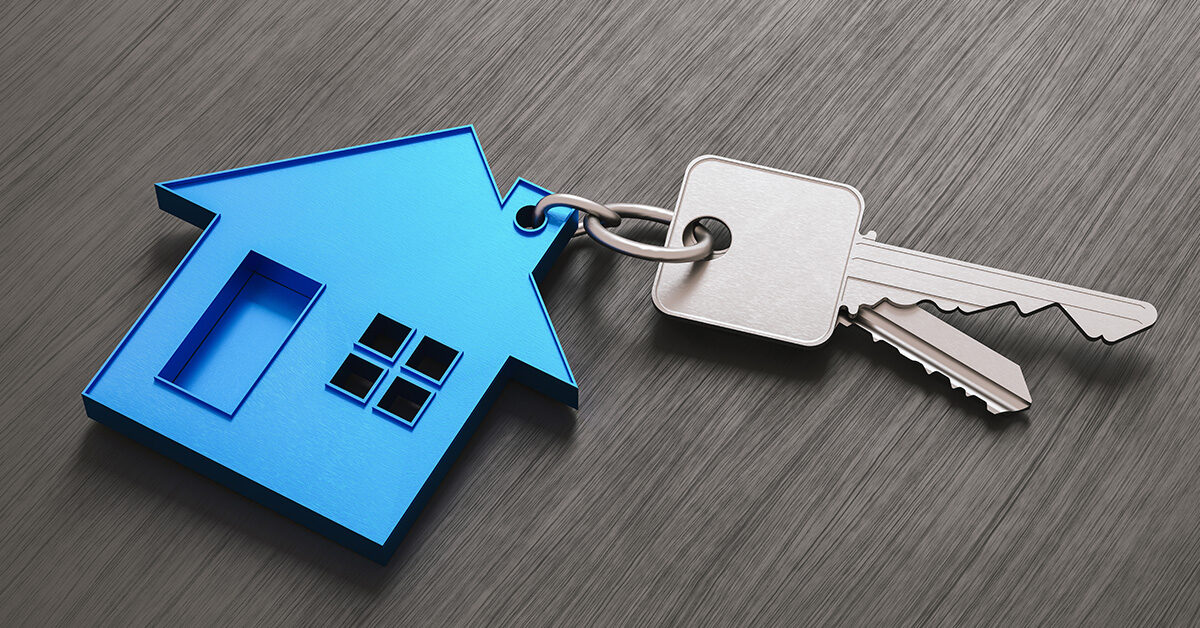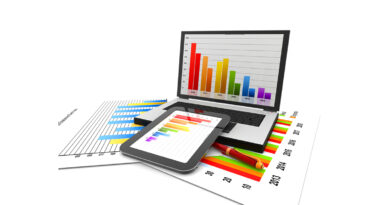US CoreLogic S&P Case-Shiller Index Bucks Trend, Reaccelerates To 6.4% In February
As with many economic indicators, the road to normalizing housing markets remains bumpy. While home sales and inventories are improving from last year’s bottom, higher mortgage rates continue to challenge affordability and keep many potential buyers on the sidelines. Despite new listings jumping by double digits in many markets, pending home sales activity is tracking about 5% to 7% higher through March compared with last year.
Overall, looking across housing markets indicators, including days on market and sales-to-list-price ratios, housing market trends are pretty similar to last year. This suggests that the stabilization of mortgage rates below the current levels and a slower rate of home price appreciation will be needed to further unthaw the market. Still, given the persistent imbalance between buyers and sellers, home price growth remains startlingly strong, as monthly gains move higher. Last spring, similar trends emerged with home prices heating up during the spring and normalizing afterward. CoreLogic’s Home Price Index (HPI) forecasts another year of gains averaging over 4% for the year.
In February, the CoreLogic S&P Case-Shiller Index reaccelerated and recorded a 6.4% year-over-year gain, the eighth straight month of annual increases (Figure 1). With the rebound in appreciation in 2023, home prices are now up by 1.3% compared with the June 2022 peak.
While high mortgage rates continue to impact sales activity, the non-seasonally adjusted month-over-month index jumped by 0.6%, considerably higher than the 0.2% increase recorded on average between 2015 and 2019 (Figure 2) in February. Even last spring, when home price growth heated up beyond the seasonal trend, February’s monthly increase was only 0.2%.
The 10-city and 20-city composite indexes also posted their eighth straight months of annual increases in February, up by 8% and 7.3%, respectively. The 10-city index includes currently better-performing metro areas such as New York and Chicago, which have seen relatively stronger housing markets since mid-2022, as the return to cities and offices continues. Many of these metros are catching up on home prices gains that pandemic-era boomtowns experienced during COVID-19. Among the top 100 largest metro areas, the five with the highest rate of home price appreciation this year are in Northeast, with most surrounding New York City, including Camden, New Jersey (up by 13%); Hartford, Connecticut (up by 12%); Syracuse, New York; Newark, New Jersey and Providence, Rhode Island, the latter three metros all posting 10%-plus annual increases.
Compared with the 2006 peak, the 10-city composite index is now 48% higher, while the 20-city composite is up by 55%. Adjusted for inflation, which is showing signs of easing, the 10-city index is now 1% higher than its 2006 level, while the 20-city index is up by 6% compared with its 2006 high point. Nationally, home prices are 15% higher (adjusted for inflation) compared with 2006.

The Place for Lending Visionaries and Thought Leaders. We take you beyond the latest news and trends to help you grow your lending business.


